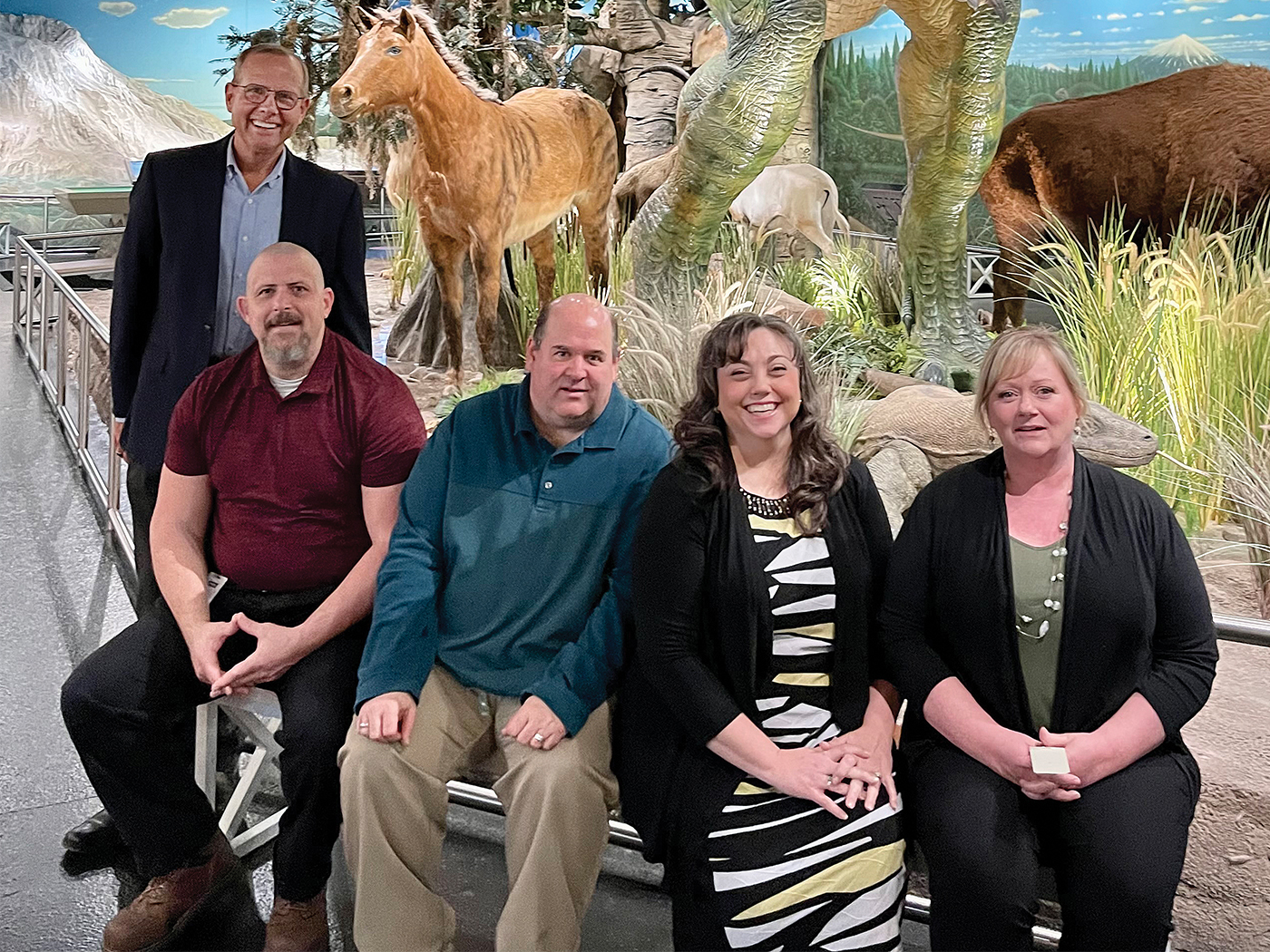In June, 2017, thousands of scientists from around the world attended the 65th Annual Conference of the American Society for Mass Spectrometry in Indianapolis. One of the thousands of research projects on display at this year’s conference compared portable man-made sniffers to dog noses. Whose design won?
The conference concerned mass spectrometers. Since these devices measure the masses of specific chemicals, some call the devices “sniffers.” One can find these amazing machines in research labs, airport security checkpoints, and even space probes.
One project done by a mass spectrometry group in Liverpool, UK, compared their suitcase-sized sniffer to dog noses. The project could help homeland security and crime fighting authorities decide if they should support dog training programs rather than buying man-made sniffing devices.
The researchers prepared dilute gas samples—down to only one part per billion—of a key ingredient each from cocaine and heroin, plus diluted TNT and C4 explosives. Then they tested their mass spectrometer alongside a squad of trained dogs in the gas space above the diluted chemicals.
The results struck the researchers like vinegar hitting their nostrils. The portable sniffer needed hundreds of parts per trillion (ppt) of each of the four chemicals, but the dogs needed just a few dozen ppt. Greek researcher Stamatios Giannoukos wrote, “From the field trials, canines are 17 to 20 times more sensitive in detecting the examined compounds compared to our portable analytical instrumentation.”
His team also found that the dogs detected the chemical about three times faster.
Giannoukos group’s work justifies National Geographic Society archaeologist-in-residence Fred Hiebert. He suggested using forensics dogs to sniff for Amelia Earhart’s bones on the uninhabited Pacific Island Nikumaroro—a remote site where she may have landed her airplane 80 years ago in her unsuccessful attempt to circumnavigate the globe. Many expeditions have so far failed to discover her remains, but these dogs give new hope. In other parts of the world, these forensics dogs have detected nine-foot-deep burials of 1500-year-old bones. Hiebert told National Geographic,
No other technology is more sophisticated than the dogs. They have a higher rate of success identifying things than ground-penetrating radar.2
The skilled technicians who generated this state-of-the-art man-made technology deserve credit for long hours of training and experimentation, and for inventing a portable device that can detect such small amounts of a compound. Now how much more credit does God deserve, who made the dog’s smaller and more sensitive nose and scent-sensing system in a flash—with just a word?3
References
- Giannoukos, S. et al. Poster presentation WP 339. Comparison of Canine Sniffing Capability with Portable Mass Spectrometry. Department of Electrical Engineering and Electronics University Of Liverpool, Liverpool, UK. American Society for Mass Spectrometry (ASMS). 65th Conference on Mass Spectrometry and Allied Topics, Indianapolis, Indiana. June 4-8, 2017.
- Shea, R. H. Exclusive: Bone-Sniffing Dogs to Hunt for Amelia Earhart's Remains. National Geographic. Posted on news.nationalgeographic.com June 21, 2017, accessed June 22, 2017.
- "Let all the earth fear the Lord; let all the inhabitants of the world stand in awe of Him. For He spoke, and it was done; He commanded, and it stood fast” (Psalm 33: 8-9).
Article posted on June 26, 2017.
*Mr. Thomas is Science Writer at the Institute for Creation Research.
















